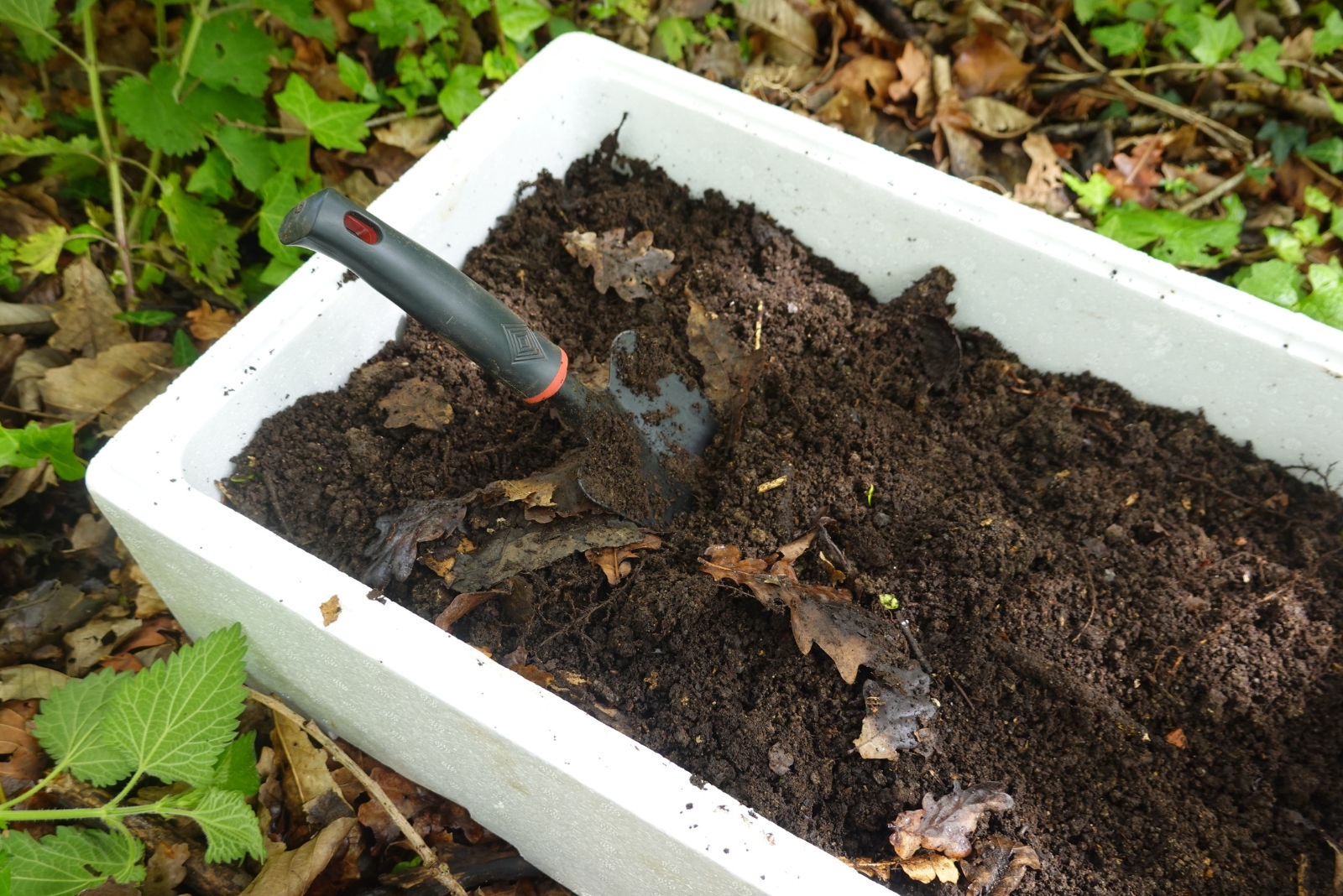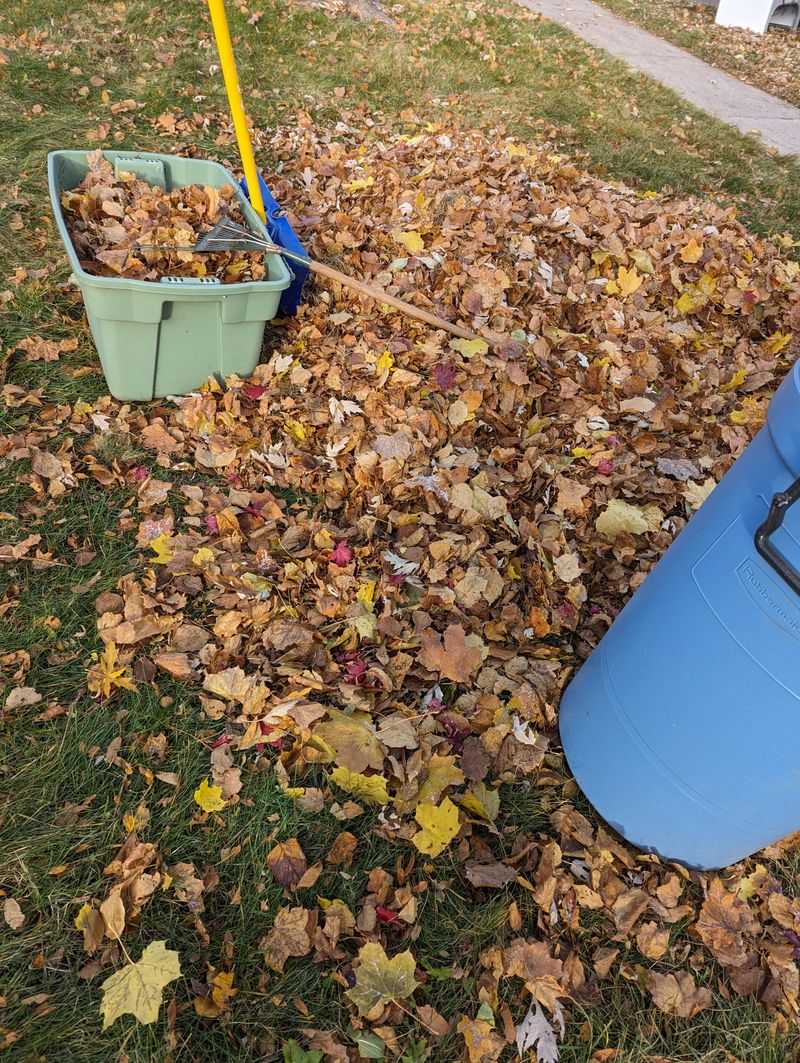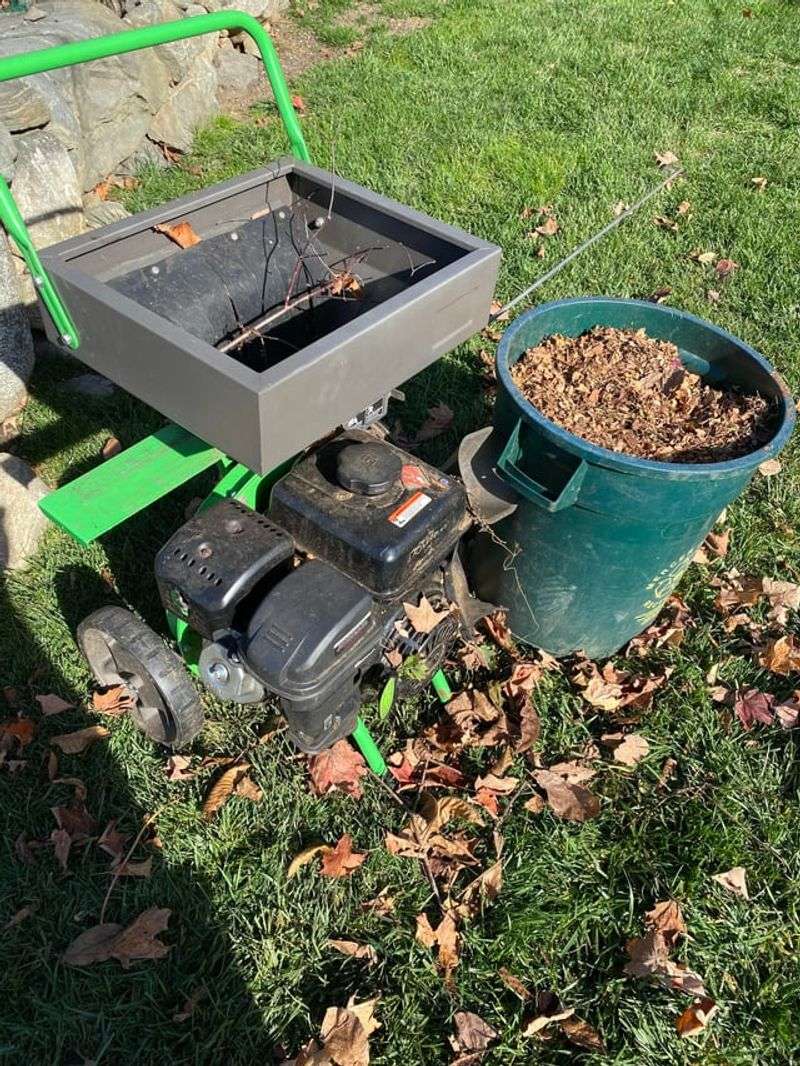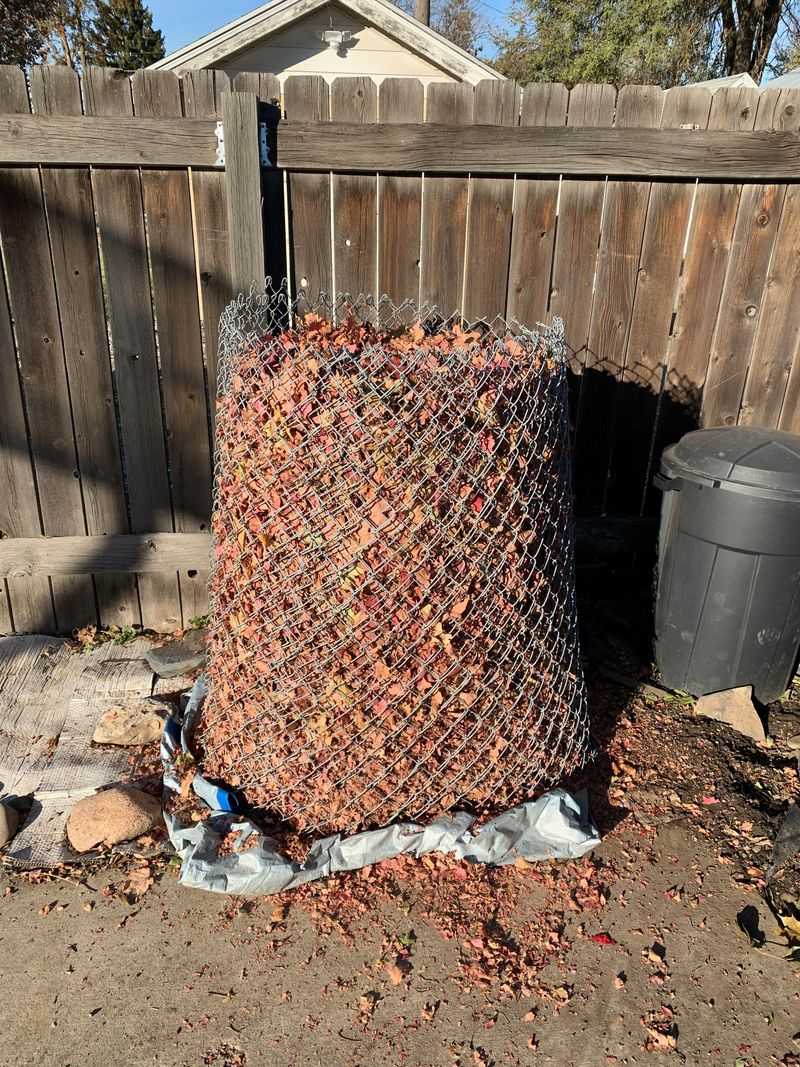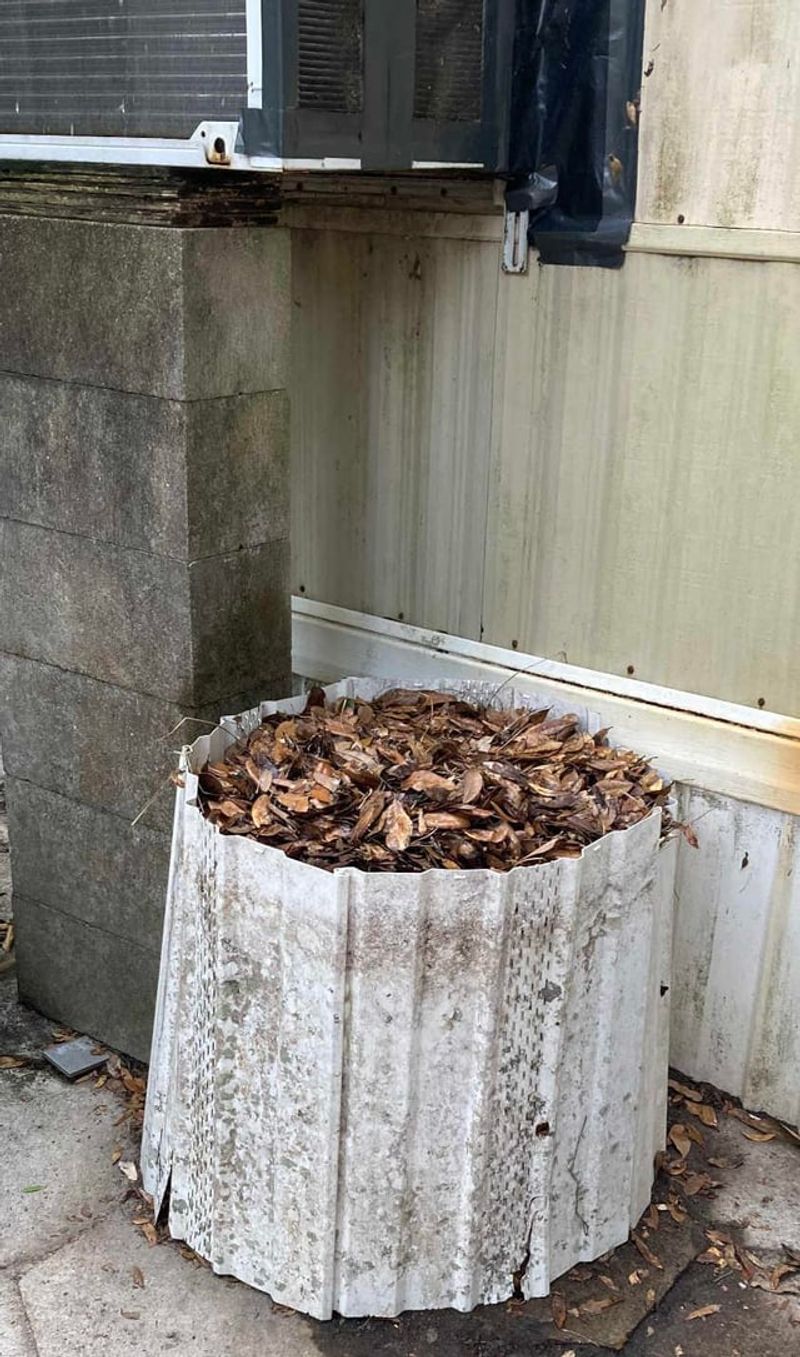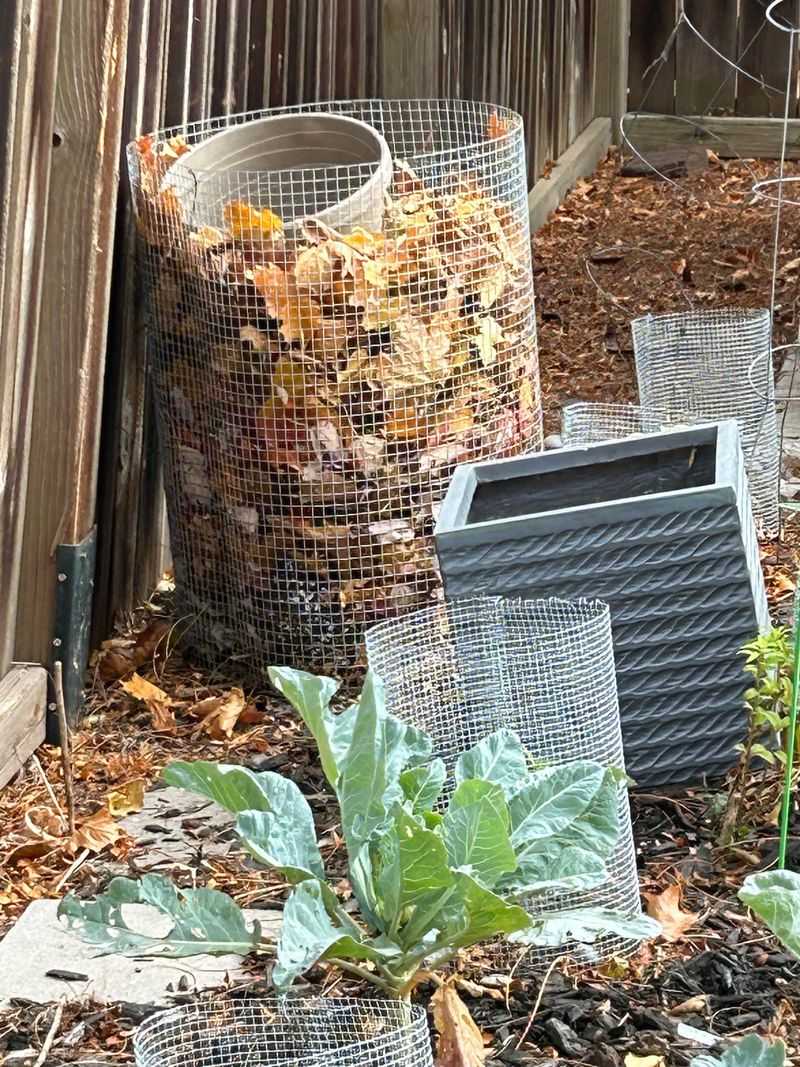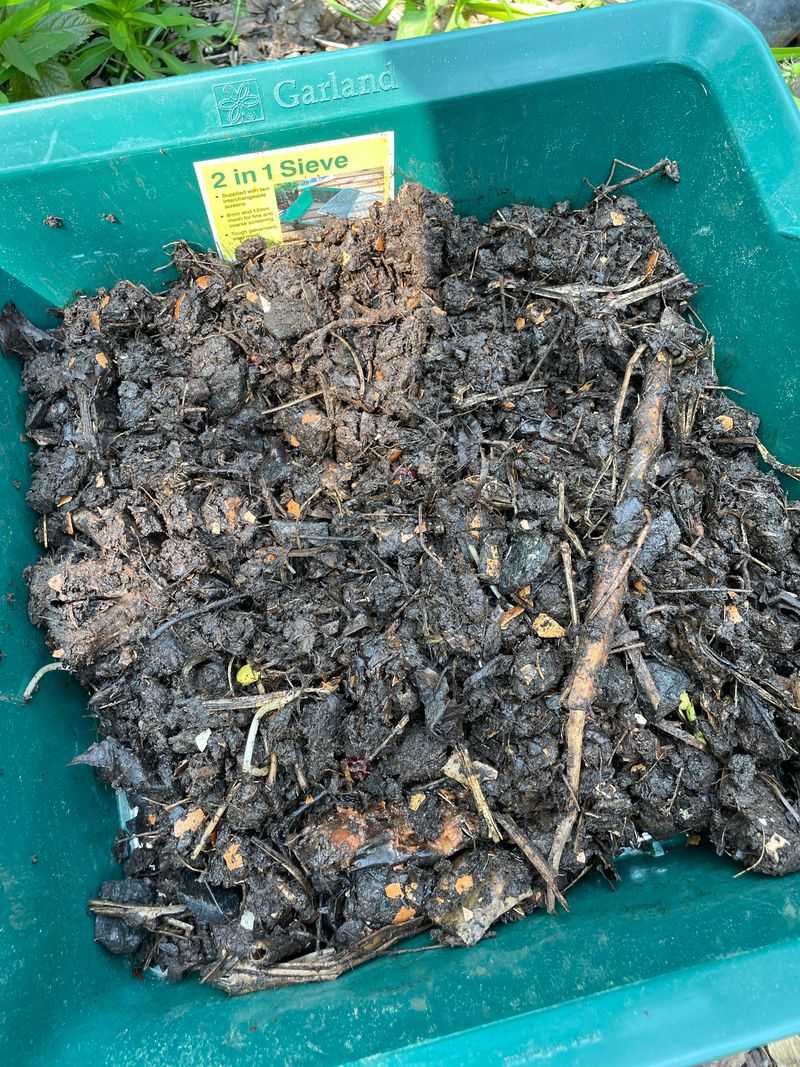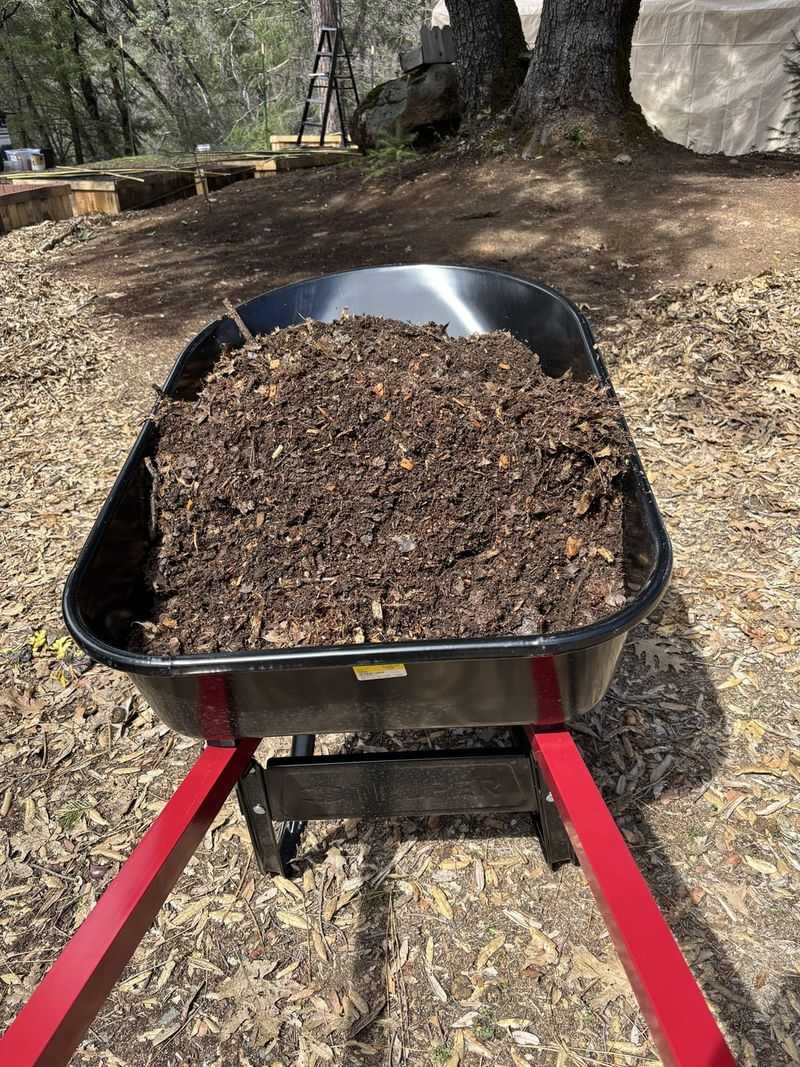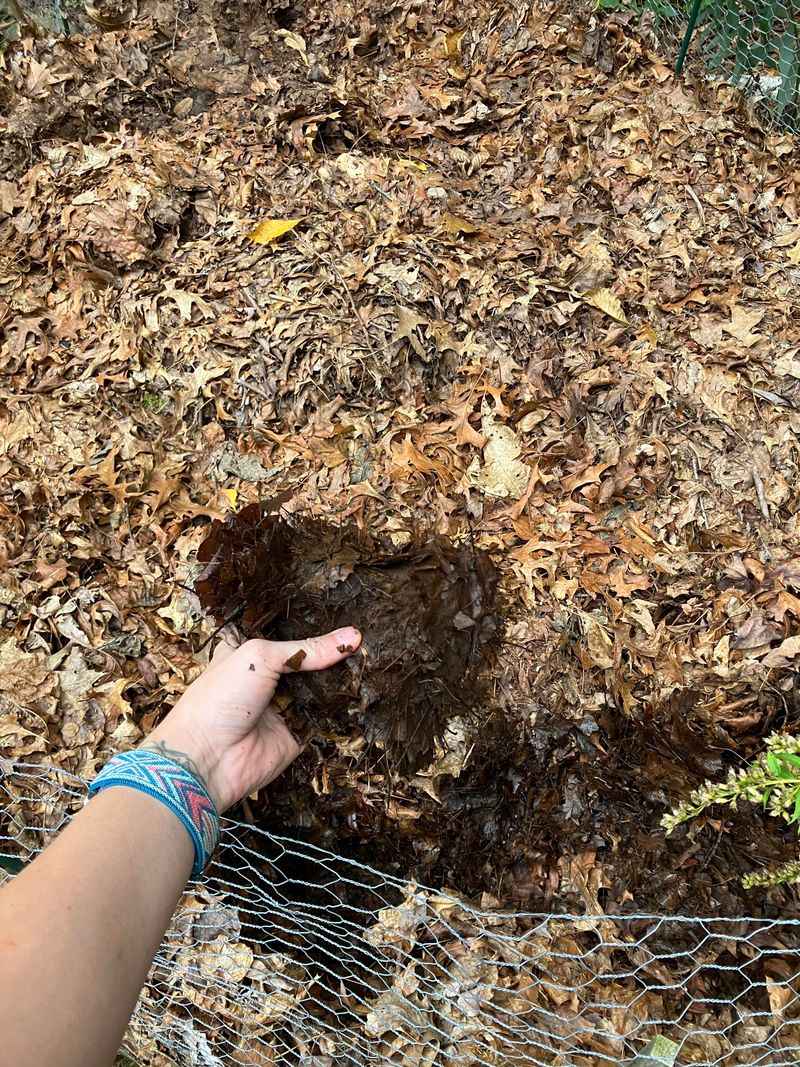Florida gardeners, leaf mold is a simple way to boost your soil and help plants thrive. It’s easier than you might think, and the benefits are huge.
I’ve put together eight easy steps to make and apply it in your Florida garden. Your plants will thank you with greener growth and happier blooms.
1. Gather Your Fallen Leaves
Autumn brings plenty of free composting material right to your yard. Rake up leaves from oak, maple, and other deciduous trees that grow throughout Florida neighborhoods.
Avoid using leaves from black walnut trees, as they contain chemicals that harm other plants. Fresh or slightly dried leaves work equally well for starting your leaf mold pile.
You’ll need enough leaves to fill at least one large garbage bag to get started. More leaves mean faster decomposition and better results for your Florida garden beds.
2. Shred Leaves Into Smaller Pieces
Breaking leaves down speeds up the decomposition process significantly. Run your lawn mower over the leaf piles several times to chop them into smaller fragments.
Smaller pieces create more surface area for beneficial fungi and bacteria to work their magic. Florida’s warm, humid climate already helps decomposition, but shredding makes everything happen much faster.
If you don’t have a mower, you can use garden shears or even stomp on the leaves inside a garbage can. Any method that reduces leaf size will improve your final product.
3. Choose Your Storage Container
Your leaf mold needs a home where it can sit undisturbed for months. Simple wire mesh bins, wooden pallets formed into squares, or even black garbage bags with holes punched in them work perfectly.
Place your container in a shady spot since Florida sun can dry things out too quickly. Good air circulation helps, but you don’t want direct sunlight baking your pile.
Some Florida gardeners prefer open bins, while others like the contained approach of bags. Both methods produce excellent results, so choose what fits your space best.
4. Moisten the Leaf Pile
Fungal decomposition requires consistent moisture to break down leaves effectively. Spray your shredded leaves with a garden hose until they feel like a wrung-out sponge when squeezed.
Florida’s rainy season helps maintain moisture naturally, but during dry spells, check your pile monthly. Too much water creates soggy, smelly conditions, while too little stops the decomposition process completely.
The ideal moisture level feels damp to touch but doesn’t drip water when squeezed. Getting this balance right ensures your leaves transform into dark, crumbly goodness within six to twelve months.
5. Wait Patiently for Decomposition
Unlike hot composting, leaf mold develops slowly through fungal action rather than bacterial heat. Florida’s warm temperatures mean your pile might finish in six months, though twelve months produces the richest results.
Check your pile occasionally to ensure proper moisture levels, but resist the urge to turn or mix it frequently. Fungi prefer undisturbed conditions to work their decomposition magic.
You’ll know it’s ready when leaves crumble easily between your fingers and smell earthy and sweet. The finished product looks dark brown and feels soft and crumbly to touch.
6. Screen Your Finished Leaf Mold
Separating the finished product from larger pieces creates uniform, usable material. Use a half-inch wire mesh screen or old window screen stretched over a wooden frame.
Rub the decomposed leaves across the screen, letting the fine crumbly bits fall through into a bucket or wheelbarrow below. Larger pieces that don’t pass through can go back into your next batch.
Many Florida gardeners skip this step entirely and use leaf mold as-is, but screening creates a professional-looking product. Either approach works wonderfully for improving your garden soil structure and fertility.
7. Mix Leaf Mold Into Garden Beds
Spread a two to three-inch layer of leaf mold across your planting areas before working it into the top six inches of soil. This improves drainage in Florida’s heavy clay soils while boosting water retention in sandy areas.
Vegetable gardens, flower beds, and even around fruit trees benefit enormously from this natural amendment. The fungi in leaf mold continue working underground, creating pathways for roots and releasing nutrients slowly.
Apply fresh batches each season to maintain soil health and structure. Your Florida plants will respond with stronger growth, better disease resistance, and more abundant blooms or harvests.
8. Use as Mulch and Top Dressing
Spread leaf mold directly on top of soil as a protective mulch layer around plants and shrubs. This conserves precious moisture during Florida’s hot summers while suppressing weeds naturally.
A two-inch blanket of leaf mold looks attractive, feels soft underfoot, and gradually feeds your soil as earthworms pull it downward. Unlike wood chips, leaf mold won’t rob nitrogen from your plants as it breaks down further.
Container plants love leaf mold too. Mix it into potting soil or use it as a top dressing for houseplants and patio containers throughout your Florida home.

